There are numerous materials that can be used to make soles, each with its own set of advantages. The type you select is determined by your shoe needs.
ABS soles
ABS (Acrylonitrile Butadiene Styrene) is a synthetic material that is lightweight, flexible yet abrasion resistant, has better cushioning than rubber, but is not as durable. It’s commonly used in plastics and cosmetics. ABS soles are often found in running shoes and some casual dress shoes.
BPU Soles
It is a new type of modified polyurethane (PU) with environmental benefits, low density (ultra-light weight), thick surface crust (smooth surface), good toughness, not easily broken, and good weather resistance. Can be used in place of EVA outsole, blown PVC base, wooden shoes, PVC foam base, and so on. This modified polyurethane resembles wood. It is a new green material that is very light, has beautiful wood grain, is temperature resistant, and has an adjustable degradation period.
EVA Foam soles
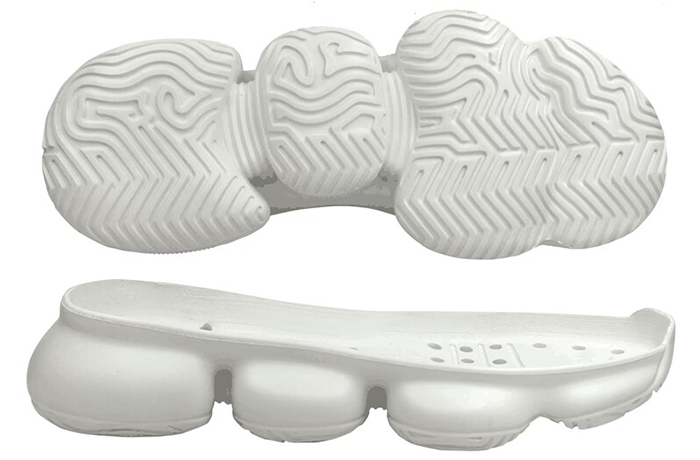
EVA(Ethylene Vinyl Acetate) foam, also known as ethylene vinyl acetate, is a synthetic material that is used in many products. It is a lightweight and shock-absorbing material that can be molded into soles of shoes or other types of footwear. Slippers made of EVA will not emit an unpleasant odor after prolonged use.
Leather
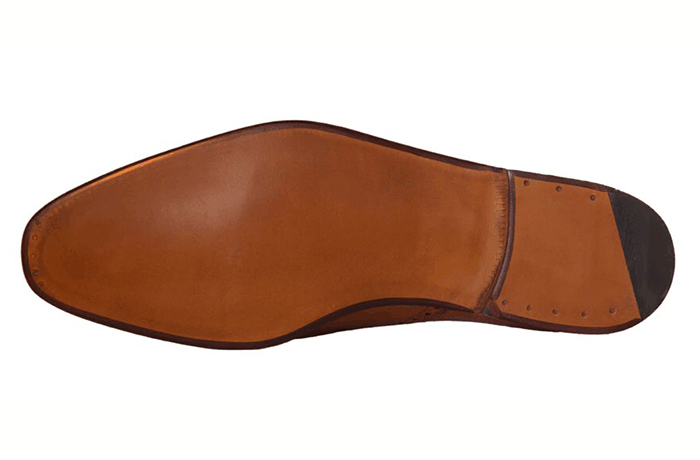
A natural material, requires little maintenance and can be resoled. Leather is a natural material and can be dyed in different colors. It is comfortable to wear, but it needs some maintenance. Leather shoes can be polished and they require little maintenance. They are more expensive than other materials, but they are durable and have a long lifespan.
Rubber
Rubber is a synthetic material that provides grip, resistance to water, abrasion, and durability. Because it provides grip and is waterproof, rubber is frequently used for soles. It is also abrasion resistant and long-lasting. Rubber provides good cushioning and shock absorption while being more wear-resistant and lighter than PU or TPU.
PU
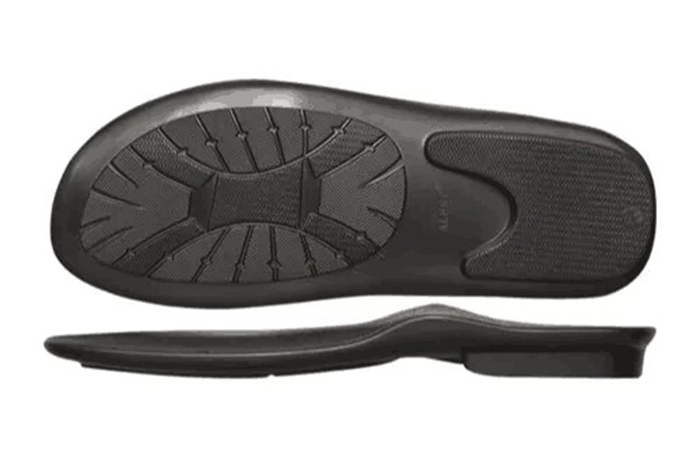
The PU(Polyurethane) is constructed of a novel organic polymer material. It is regarded as the fifth largest plastic.It is light in weight, flexible, and resistant to wear, and provides better cushioning than rubber but is not as durable.
PVC

PVC(polyvinyl chloride) is a synthetic polymer that is rigid and durable. PVC is relatively inexpensive and easy to produce in large quantities. It has excellent resistance to heat and chemicals, meaning it can be used for many different applications.
The material can be found in the soles of many types of shoes, as well as in flooring materials such as vinyl floor tiles. Due to this material is durable and long-lasting, people who purchase PVC shoes and boots can wear them for an extended period of time.
TPR soles
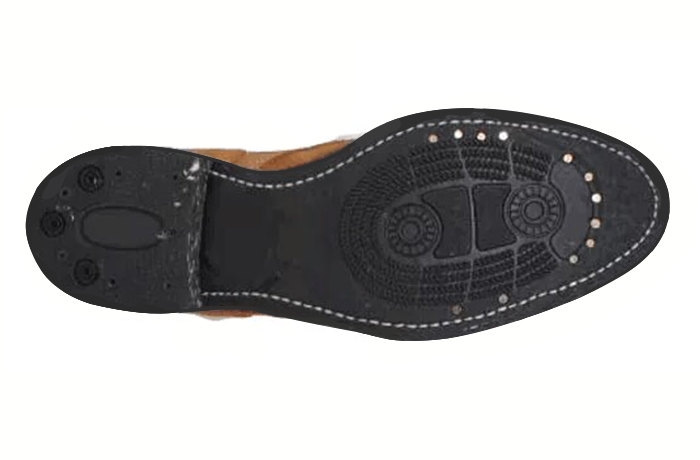
TPR(Thermo-plastic Rubber) is a type of plastic that can be made into rubber soles. TRP soles are a popular choice in athletic shoes and hiking boots because they’re lightweight, flexible and durable. They’re also long-lasting, so you won’t need to replace your shoes as often if you use TRP soles instead of other types of rubber soles.
TPU
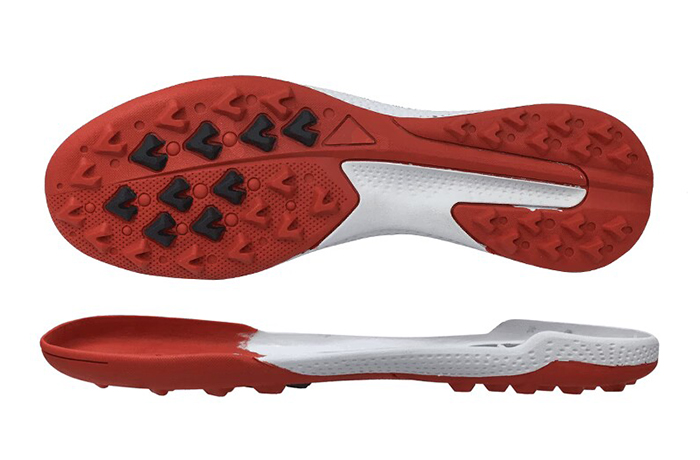
TPU (Thermoplastic polyurethane) has properties similar to rubber but is more durable with higher tensile strength and stiffness. TPU is a synthetic material that combines the properties of rubber and plastic for increased durability. TPU is frequently used in the production of athletic shoes, hiking boots, and other outdoor footwear.
Raw Cord soles

Raw cord soles are made from cotton or linen, and they’re very durable—you’ll be able to wear them for years. The material is also long-lasting and easy to clean, although it does not provide any waterproofing. You’ll need to take care of these soles by keeping them dry when you store them away.
Conclusion
From the above, you can see that there are many types of shoe soles to choose from. You need to decide which material is best for your needs and then consider the durability, price, comfort and appearance of the shoe before making your final choice

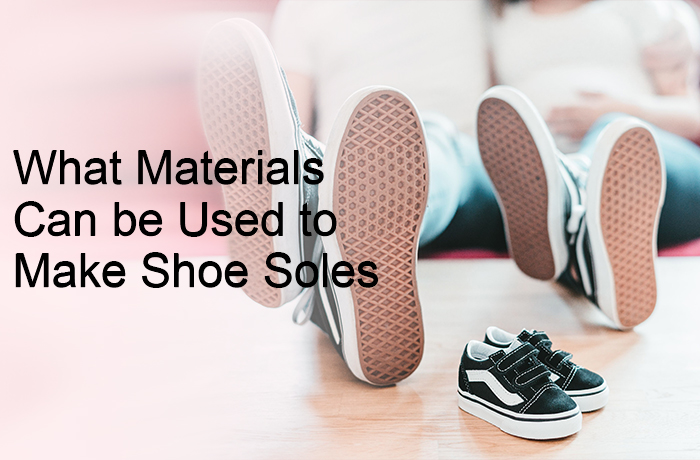
0 Comments